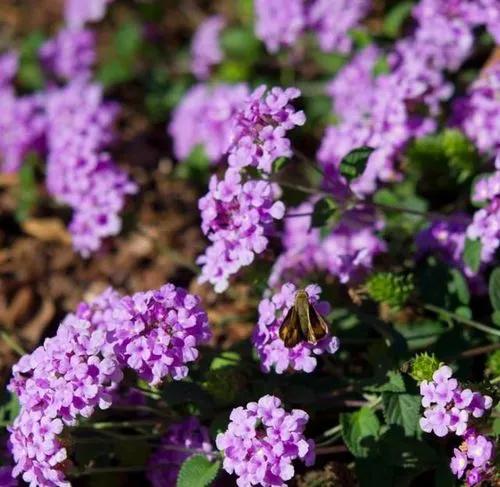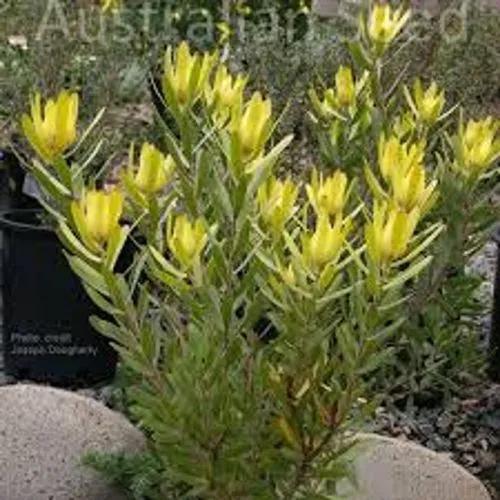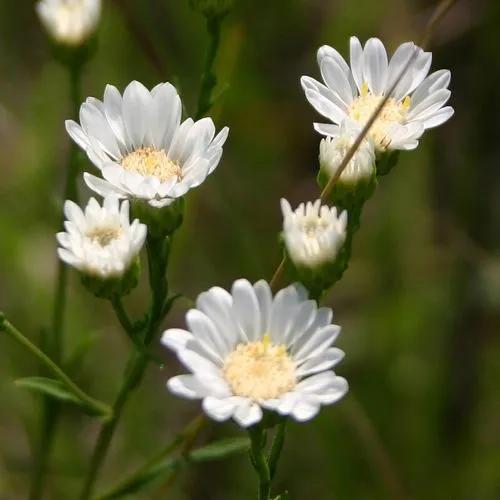Cynoglossum officinale (houndstongue, houndstooth, dog's tongue, gypsy flower, and rats and mice due to its smell) is a herbaceous plant of the family Boraginaceae.
Houndstongue Care
Cynoglossum Officinale



How to Care for the Plant

Fertilizer

To replenish this plant's nutrients, repot your Common hound's-tongue after it doubles in size or once a year—whichever comes first.

Additional

In addition to being a nuisance to recreationists due to its bur-like seeds, houndstongue is toxic and has the potential to poison domestic animals and wildlife that might graze on this plant or eat it mixed in with hay. Plants become more palatable when dry or after herbicide treatment. Houndstongue is a short-lived forb that typically have 1-2 stems, but as many as 8 stems have been reported on one plant. In the first year the plant is in rosette form with hairy leaves that are up to one foot in length and 3 inches wide. Flowers can be purple to red and they produces four triangular, rounded seeds.

Popularity

284 people already have this plant 41 people have added this plant to their wishlists
Discover more plants with the list below
Popular articles






